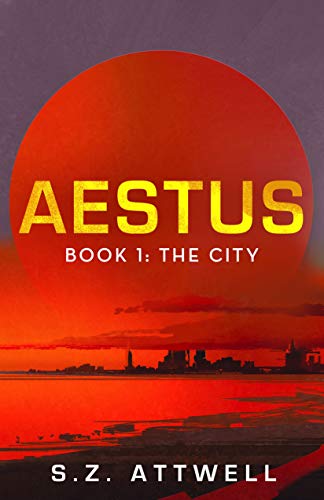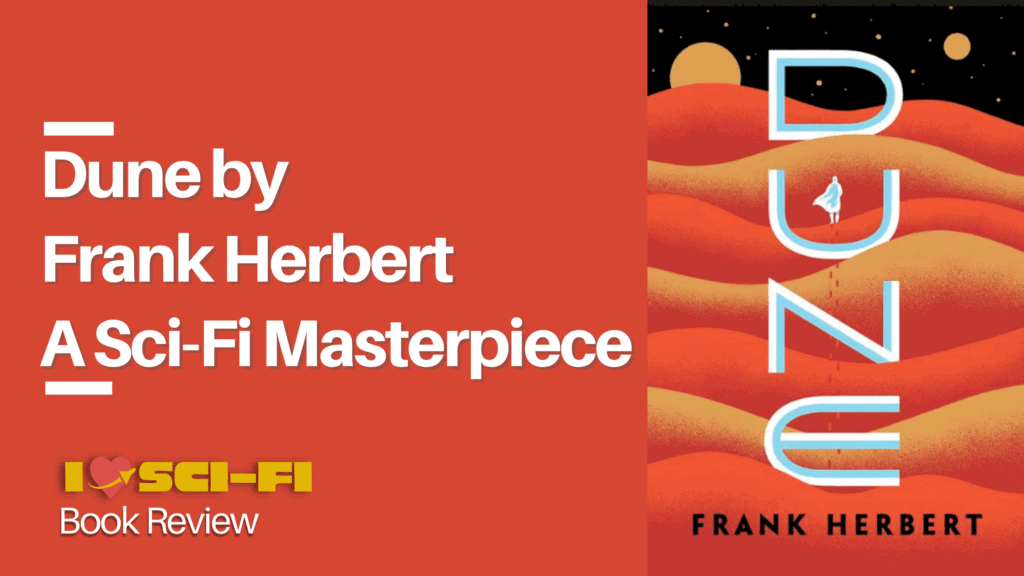
Yes, you read that headline correctly. I place S.Z. Attwell’s Aestus Book 1: The City, at the level of Frank Herbert’s Dune. I don’t make that comparison lightly, either. It’s just that Aestus is so damn good.
Perhaps I’m turning into a ‘cli-fi’ or climate fiction fan, but I couldn’t put Aestus down. The imaginary world where The City exists is based on our beloved yet troubled planet Earth. Civilization has lived underground for over a millennium since the outside is too hot to sustain human life. Hence, the title “Aestus,” which, in Latin, has a meaning of heat/fire, raging, boiling, agitation, passion, and seething.
Read the book, and you’ll agree – the author chose the perfect name for her book.
Buy Book: Amazon US | Amazon UK | Amazon CA | Amazon AU
Find it on Goodreads | Connect with the author: Website | Facebook | Twitter | Instagram
Plot
Aestus begins by detailing a traumatic childhood experience our protagonist – Jossey – went through when she was ten years old. That event, which resulted in a large scar on her face and the loss of her brother, still shapes her life 15 years later.
Jossey scrambled up the side of the condenser pod and sat under the desert sky, looking up at the glitter of stars.
She winced at the squeak of Tark’s shoes on the sleek metal curve of the pod. This one was older, maybe a century or more, but still in good condition. “Ship-shape,” Father would say, though the phrase meant nothing to her. It was one of those strange things grown-ups said.
The steel pod gleamed in the starlight. She hoped the Onlar wouldn’t see two figures sitting here.
Jossey works for The City as a solar engineer, responsible for keeping The City’s solar panels operational to support the agriculture citizens rely on to sustain themselves. The drama begins almost immediately. The transport Jossey and her crew are on runs over something on the way back down from the surface.
It was pitch black inside the transport. People were shrieking, gasping, their voices ringing off the glass and walls. The noise, the terror in their voices, was overwhelming. Jossey dropped to the floor and fumbled for her belongings. The knife, where was her knife? Had she packed it? Had she forgotten it?
She collided with a seat and sat still, trying to breathe, trying to orient herself. Calm down. Remember the procedure.
They come in the dark. They can see you.
The air was thick with fear. Jossey could feel the waves of prickling heat rising in her chest, choking her.
As the story develops, readers learn there is more to society than the citizens of The City. There are Onlar, dwellers of the outside world, and the Karapartei, a political uprising group. Throughout the book, Attwell cleverly weaves each group together to reveal a surprising history and turmoil of civilization from millennia ago.
Aestus ebbs and flows between extreme action and terror moments to moments of introspection, training, plot progression, and tension. As a reader, you could not ask for a more perfectly paced book.
Often, indie authors leave gaping plot holes and don’t close out their story in the first book of a trilogy or series, forcing their readers to wait until the subsequent text. Aestus ends on a cliff-hanger, but it manages to close out all of the first book’s plot points. Everything hinted at during the book is revealed by the end. I felt satisfied when I finished reading Aestus.
Yet, Attwell added just enough allusion at the end of the book to stage a continuation of the storyline, making me anxious to read Book 2. Not enough authors, especially indie authors, are capable of that.
This Book Has It All
Action and adventure? Check. Military/police? Check. Climate change? Check. Romance? Check. Amazing world-building? Check. Well-developed characters? Check. Frightening moments? Check. Death and loss? Check. Sinister antagonists? Check and check. Best of all? A strong, realistic female protagonist – something all too often missing from the science fiction genre.
The story is hands-down the most dynamic, intertwined dramas I have read since Frank Herbert’s Dune.



